I’ve been thinking about writing articles on movies (and TV) for quite awhile, and I thought I’d get started with True Detective. HBO’s series has managed to get a lot of attention, and for good reason.
Now, before we get into this, I want to say that I approach these articles the same way I do my “This Week’s Art” articles. That is to say, it’s just what I see and my opinion. It doesn’t make it right or wrong, it just is. I’d love a lot of conversation on each post, so fire away.
So, let’s get on to True Detective. There aren’t really any spoilers, but that doesn’t mean I won’t warn you. There still might be a few things in there, read at your own risk.
The Visuals
Let me just say up front that TD has some of the best cinematography I’ve seen in a long time. Throughout all eight episodes, there was a consistent sense of well laid out, beautiful photography. It’s clear that series cinematographer Adam Arkapaw knows photography, and how to make it work wonderfully.
Each episode isn’t just a visual feast, though. It’s an exercise in how to use photography to tell the story. Even if no one said anything, I think TD would still be captivating to watch.
This shot of the church, for example, with its perfectly set window and the landscape of Louisiana all around it, is gorgeous. It’s also perfectly relevant, and in many ways hints at the importance of the church in the story. It mixes the harshness of the industry behind it, nature all around, and the bright window within the dark church all beautifully.
There’s also been a lot of talk about TD’s amazing, six minute long take at the end of episode four. I think that’s rightly so, it’s an amazing example of the technique. The difficulties abound in long takes like that. The actors have to all hit their mark. The camera has to be able to focus on the move, in and out of buildings. The lighting shifts radically between the interiors and exteriors, which harshly affect the visuals. There ends up being an intricate choreography from beginning to end, astonishing at a long time frame of six minutes.
For me, the great imagery starts from the very first moment, with the beautiful credit sequence. Great credits set the tone for a show, and TD’s opening credits are just about perfect. They speak to the odd nature of the show, to the gritty nature of it, and are just as driven by characters and visuals as the entire show.
The layering of images and video looks gorgeous, they create a moving, breathing texture that brings to life this unique world. They are intriguing to the point that you simply can’t avoid watching the rest of the show, waiting for that brilliance to continue on. As a graphic and multimedia designer, the opening credits just fascinate me.
The Main Actors
I’ve never been here or there about Woody Harrelson or Matthew McConaughey, I think they’ve both always been fine in everything I’ve seen them in. But True Detective is truly different for them, and they rise to the occasion.
In many ways, Harrelson’s Marty Hart fills in for the audience. He asks the questions we want to know. He’s astonished, as we are, when the often otherworldly Cohle is talking in the many circles he does. He’s mystified by his new partner, as are we, and the idea that we are in this with Hart rings true.
The story, and Harrelson, use that both for us and against us. Hart can be such a terrible person, especially in his love and family life. Yet, there’s a sense that he’s still there to ground us. We really do know what kind of person he is. He’s a damaged man, good overall but not without his sins. He represents us, like it or not, and in many ways reflects our beliefs and failures.
McConaughey’s Rust Cohle, however, is the unusual character of the show. McConaughey sinks into the character further than any other character I’ve seen him portray, and the show is all the more brilliant for it.
Cohle is someone we aren’t really meant to understand, at least at first. He comes across as brilliant, though either muddled or breaking. He’s different, and that sets us on a path between both trusting him and of being wary of him. In many ways, he’s not a likable character. He’s the one that “knows it all”, and that is above us, and we share Hart’s resentment.
But Cohle, like the many great characters before him like Sherlock Holmes, is so unique that we still want to be on this journey with him. McConaughey really becomes Cohle, with his odd mannerisms, his unique way of speaking, and the sense that he really has an enormous number of secrets that we’ll never know. McConaughey embodies him with a sense of knowing more than we do, of the confidence that he’ll know just what happens in this story.
The brilliant part of his character is that, as confident as he comes across, in the end it doesn’t help him at all. As the episodes unfold, McConaughey breaks loose of the cliched anti-hero know-it-all, becoming more like one of us. By the time the last episode rolls around, Harrelson and McConaughey are on even ground, moving forward equally through their acting just as Hart and Cohle move equally through the final moves of the game.
The Story
The story is very well done, especially moving across the 17 years in which the overall story takes place. There’s a fine balance in telling a story like this, that jumps back and forth between such a long amount of time. Creator Nic Pizzolatto gives us an intricate story, one that jumps around a bit, but never so big a jump that we don’t want to follow.
For the first few episodes, there was a sense that the story might get too big, too out of control to reign back in. But the show does a nice job of slowly pulling those threads, as disparate as they can be, until they make sense for us. By the time we hit our climax, we’re in the place we should be.
Even then, though, there’s still mystery. TD leaves open certain possibilities, and doesn’t answer every question. I don’t think they need to, nor do I think every story has to. Great stories hit the main beats, to allow for closure for the audience, and yet leaves open other points of interest to keep the story with you.
I think that’s where TD excels. The story does indeed stick with you, as evidenced by all of the talk online about the show. It has worked in the mythos of the King in Yellow, based on stories written by Robert W. Chambers in the late 19th and early 20th centuries. At the same time, it’s still allowed for a reality-based crime drama, combining the oddity of strange worlds with the real lives of detective work.
The Show’s Execution
Overall, TD works because it doesn’t overstay its welcome. It’s a slow burn, sure, and there are plenty of people who won’t appreciate that. But it uses that slow burn to get inside your head, and stay there long after.
The show really is a exercise in restraint and subtlety, despite some of it’s more over the top scenes. There are plenty of chances for gore, for example, that are avoided. I like to say with artwork that gore can be the easy way out, to simply shock whoever sees it. I prefer, and the show excels in, creating a work that disturbs the viewer.
TD uses the “weird” elements in an intriguing way, but it’s never too much. It just strains our reality, it doesn’t try to force us into this different world. We get hints of the strange, subtleties of the unusual nature of the story. But it’s never enough to force us out of reality, it’s just enough to keep those dark corners a little stranger.
Throughout the episodes, TD keeps in quite a few subtle images as well. Things that connect throughout all of the episodes, like the symbology scene throughout, and mentions of the “king in yellow”. There are black stars throughout the episodes, many of them subtle but more than a few not.
Some of those subtleties even enhance the story, for those paying attention. In a later episode, Cohle drives away in his truck. Since our view is from behind the truck, as he drives away we are full view of the broken tail light, broken when Hart and Cohle had a fistfight years before.
It’s that attention to detail, in everything TD does, that helps to make it a unique, fascinating series. There are no cliches here, and the storytellers spend their time telling the story in the way that you want. You feel everything that happens, you become part of the events, and you only wish that you could keep on watching. Even when you feel, as the characters do, as if you should look away from the very dark corners around us.
“To realize that all your life—you know, all your love, all your hate, all your memory, all your pain—it was all the same thing. It was all the same dream. A dream that you had inside a locked room. A dream about being a person. And like a lot of dreams there’s a monster at the end of it.” – Rust Cohle
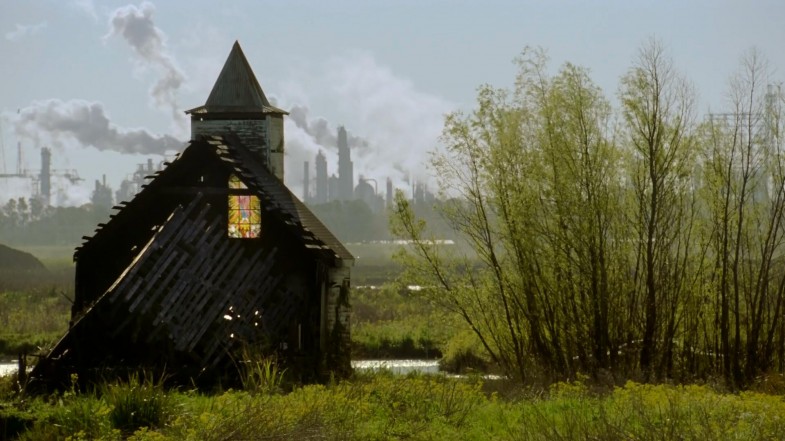
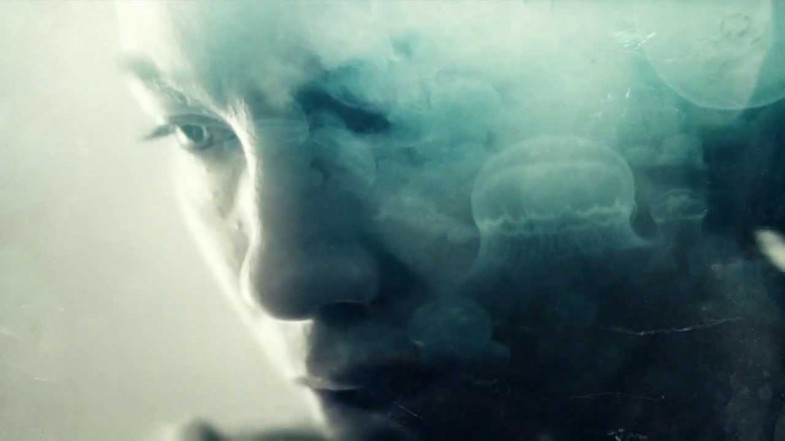
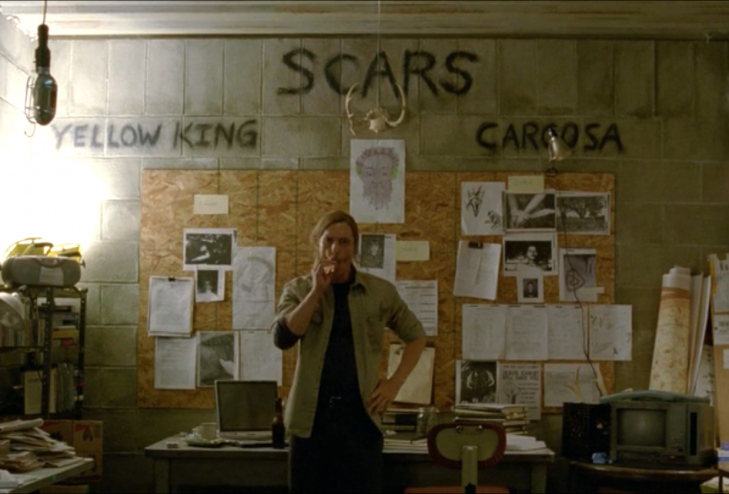
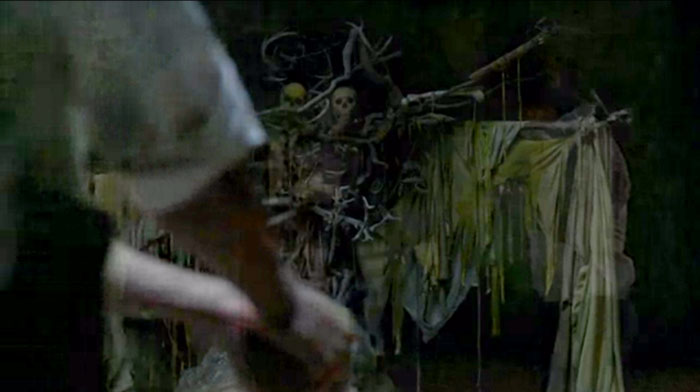
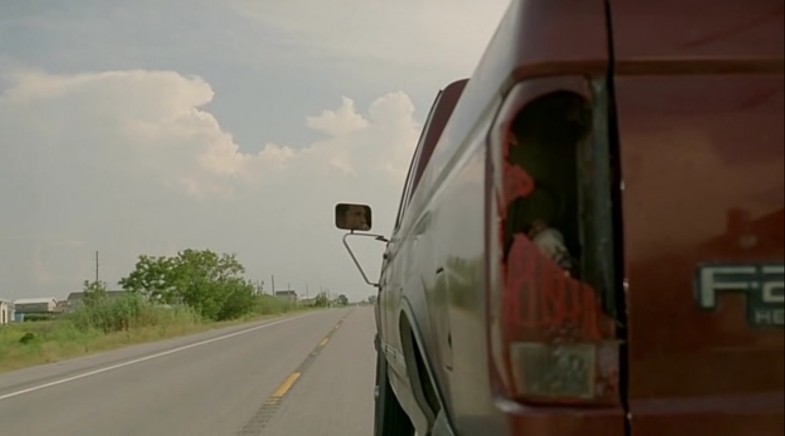
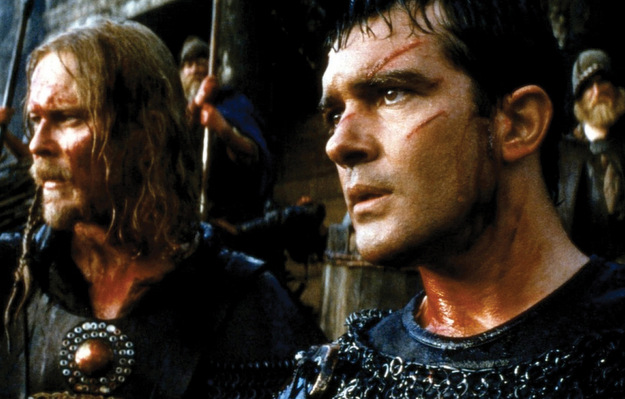
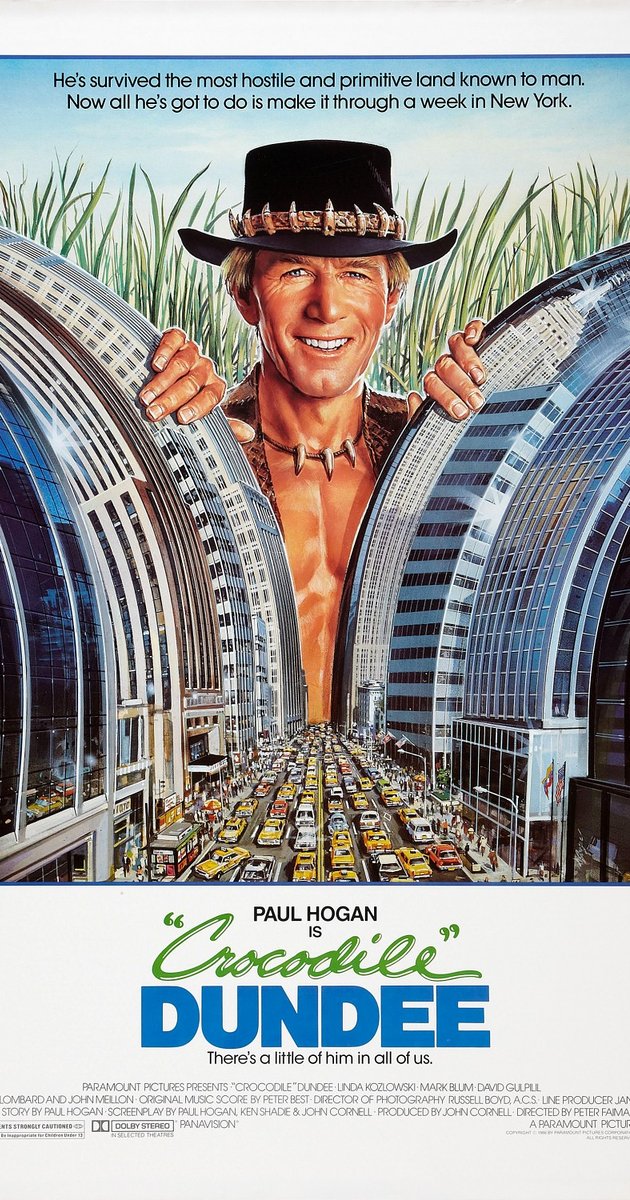
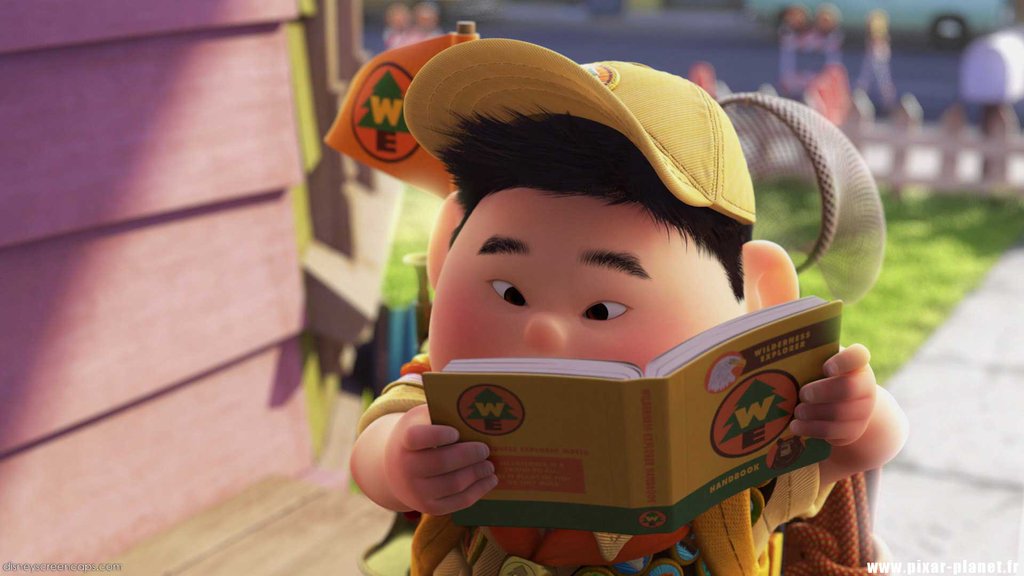
1 Comment
Showtalk: The Blair Witch Project » The words of creator Russell Dickerson | The words of creator Russell Dickerson · Apr. 21, 2014 at 12:18 pm
[…] get me wrong, I don’t mind a slow burn. Just check out my True Detective article, about the slow burn done right. In True Detective, the slow burn gets under your skin, with the […]
Comments are closed.